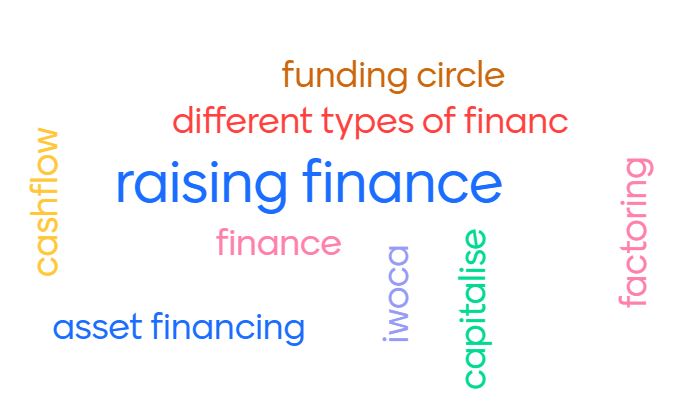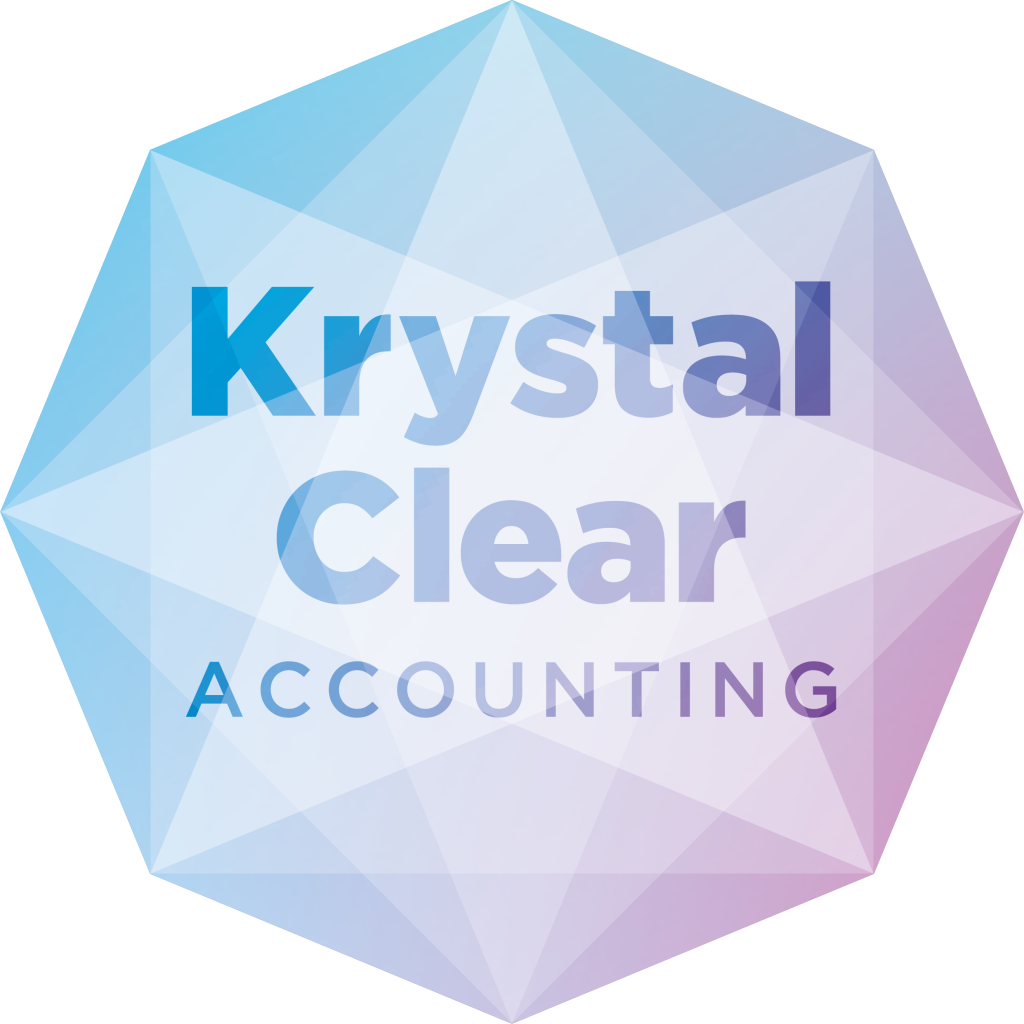
Whether your business is a start-up or one which is growing rapidly it is so easy to underestimate how much cash you actually need.
Without cash the business can’t pay the wages or bills…and will ultimately fail.
So how do you raise finance if you need to?
For start-up businesses
The cash is needed to pay for the start-up costs and the running costs in the early days when it has few customers and little sales income.
For established businesses that are growing rapidly
The cash problem is very different.
The business has to pay the cost NOW of having more staff, spending on more marketing, buying more raw materials, etc. in order to grow the sales.
BUT there is a time delay.
Having paid for all these extra costs the business then has to wait – possibly for several months. It waits for the extra sales to be made. It waits again, then for the cash to be returned to the bank when the customers pay the invoice.
It’s this time delay between spending the cash now and waiting for the customers to pay which consumes cash. It is called “overtrading” and can result in businesses failing simply because it runs of out of cash even though they’re profitable. In fact, this is the main cause of businesses failing in the UK.
To avoid running out of cash a business needs to have a big enough cash reserve BEFORE it embarks on its period of rapid growth.
In most cases that means the business needs to raise finance.
In this article, I’ll explain the main ways you can raise finance for a business in order to build its’ cash reserves.
WHAT ARE THE MAIN SOURCES OF FINANCE?
1 Bank Overdraft
A bank overdraft facility allows a business to borrow up to an agreed amount of money. Only when the overdraft facility is used is interest paid.
Having an overdraft facility should be seen as short-term finance.
It Is particularly helpful for seasonal businesses where a lot of cash is required when the business buys lots of stock before the ‘season’. Once the ‘season’ is over, the stock has been sold and the customers have all paid then the overdraft facility is often no longer needed.
2 Commercial Loan
Typically allows a business to borrow an agreed amount of cash which is then repaid over an agreed period of time. This is usually 2 to 5 years, but it could be longer. Interest is charged on the loan – the rate usually being an agreed % over the Bank of England interest rate.
Some commercial loans are secured. This is where the borrower agrees to give an asset (e.g. house) being used as security which could be forfeited in the event of the loan not being repaid.
The process to apply for a commercial loan from the business’s high street bank can be quite slow.
Alternatively, there are other finance providers or platforms (eg Funding Circle or Iwoca/Capitalise) who are set up to give quick lending decisions and rapidly send cash to successful applicants.
3 Business Credit Cards
Tends to be most useful for small businesses as it is an instant source of finance.
The credit card pays for day-to-day business costs with the balance being due for payment 30-60 days later. As long as the outstanding balance is paid in full then there is NO interest to pay.
The main downside is the high rates of interest (Typically between 20% to 30%) which are charged on any outstanding balance which is not fully paid on time.
4 Invoice factoring
Allows a business to borrow money against the value of its’ sales invoices. A business can typically borrow between 70% and 85% of the invoice value straightaway. The balance being paid over when the customer has paid the invoice and once finance charges have been deducted.
This is a really helpful source of finance for businesses who give their customers credit – especially those giving 60 days or more.
Traditionally a business would have to agree to factor all its sales invoices with monthly charges based on a minimum level of business. If the minimum level isn’t met then the minimum charges will become expensive.
‘Pay as you go’ is an option if a business just needs cashflow help now and again. Here the business decides which sales invoice(s) it wishes to factor. The charges from the factoring company (eg Market Invoice) are higher but then again there’s no contract with minimum monthly charges.
5 Asset Finance – HP & Leasing
Asset finance is used when a business wants to buy equipment or machinery but doesn’t have the cash to buy it outright. Asset finance is different from secured loans in that the asset itself is given as security to the finance provider. That means no other security usually needs to be given.
There are 3 main sources of asset finance.
Hire Purchase : The asset is bought outright via an asset finance provider. The purchase cost is spread over an agreed number of months and once the last monthly instalment has been paid the ownership of the asset is transferred to the business.
Operating Lease : The asset is bought and owned by the asset finance provider and it is rented at a monthly cost to the business for a contracted number of months. This is ideal if the business is unlikely to want the asset (eg a van) at the end of the contract period.
Asset-Based Lending : This is lending that allows a business to access cash from assets that it already has. The business first sells an asset that it owns to the asset finance provider for an agreed amount. It then repays that amount back over a contracted period of time via monthly instalment.
6 Family & friends
Is a common source of finance for start-ups where the business owner knows someone who has some spare cash which they’re willing to lend.
The main benefit is the informallity. There’s often no formal agreement and the interest rates will either be quite low or zero. This means finance can be arranged really quickly and with little or no cost to the business.
Be aware that relationships could become strained if things don’t go to plan and the business struggles to make loan repayments.
7 Equity
When it comes to raising equity, there are a number of other options available which mean the business owner sells some of the shares (ie ‘equity stake’) in the business in exchange for cash.
Going forward the business has the cash it needs to finance future growth BUT the business owner owns a smaller percentage of that business.
Crowd Funding : Is where lots of private investors (‘the crowd’) each invest a small of cash into a business in return for an equity share of that business. This is all done via a crowdfunding platform (eg Crowdcube or Seedrs).
Business Angels : Are private investors who typically invest in mainly start-up businesses in return for shares in the business. Since individuals are involved investment decisions can be made quite quickly and tax efficiently.
Venture Capital (VC) : VCs typically invest in start-up or relatively new companies who have the potential for very strong growth. VCs, like Business Angels, invest cash in exchange for a small equity stake in the business. VCs though often provide finance and operational support for the business – both to protect their investment but also to increase the likelihood of the business succeeding.
CLARITY ON THE NUMBERS
Before deciding on which financing option(s) to go ahead with, the business owner MUST HAVE clarity of their numbers.
That means there needs to be a clear financial plan for the business.
Having clarity on their numbers means the business owner knows….
- The months where a cash short fall in expected.
- The minimum amount of cash the business needs to avoid a cash shortfall
- The extra amount of cash over the minimum which would act as a safety net.
- What loan repayments the business cashflow can afford going forwards.
- The sales and profit targets that the business needs to achieve to remain on track.
WHAT IS A GOOD FINANCIAL PLAN
A good financial plan is one that allows ‘what if’ scenario planning to be done.
For instance.
A different scenario could be ‘what if I increase the marketing spend to speed up growth?’.
By changing the financial plan to reflect higher marketing the business owner can immediately see what the impact each month is on sales, costs, profit and cash.
Each scenario that is looked at will almost certainly require a different amount of cash. By knowing what that cash number is its hugely valuable as you assess which are the preferred ways to raise finance.
And finally….
When it comes to creating your financial plan it is important that you are NOT optimistic.
Invariably the costs will be higher than what you think and it will take longer to increase sales.
Either of which will mean you’ll need more cash.
To minimize the risk of running out of cash I always recommend that someone should be halfway between being realistic and pessimistic. That means reducing the expected sales and increasing the expected costs.
Doing this means you avoid under-estimating the amount of cash which you need. You end up raising more cash than you think you need BUT you have the re-assurance in knowing there is a cash reserve if it’s actually needed.
If you’d like a chat to see how we can help drop us an email to wecare@krystal-clear.co.uk or call one of the team on 0161 410 0020.

